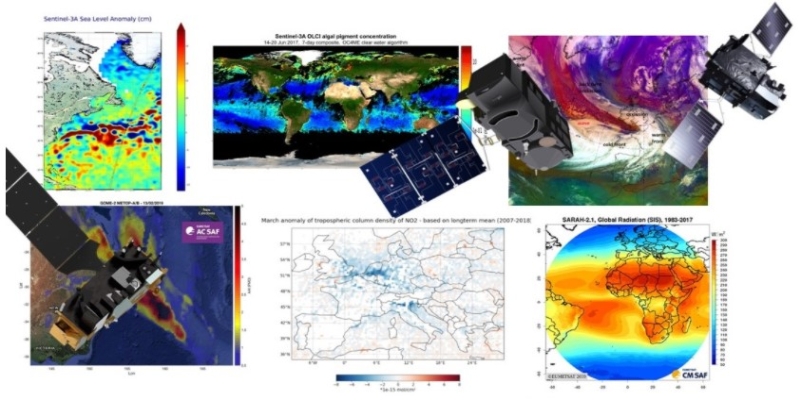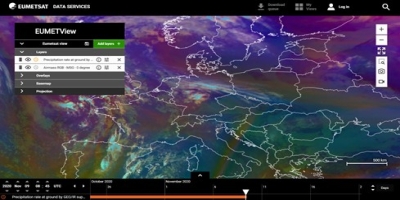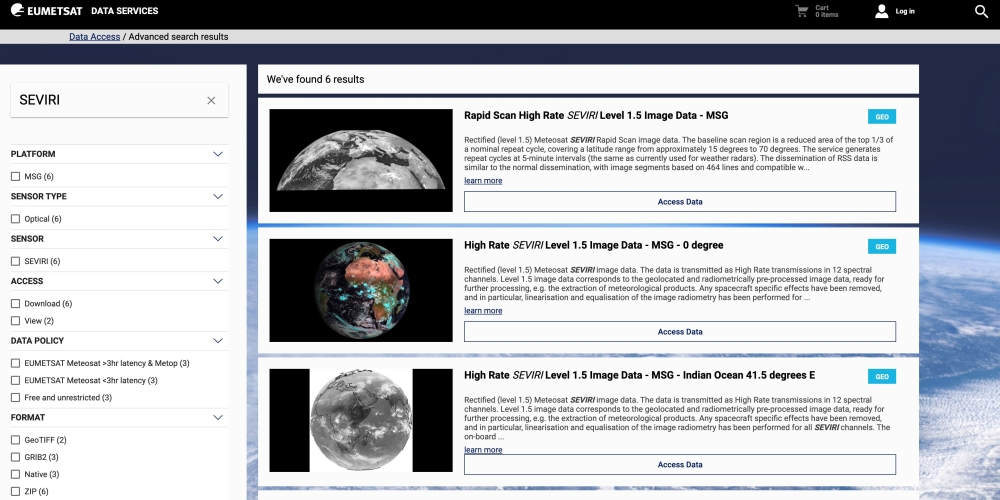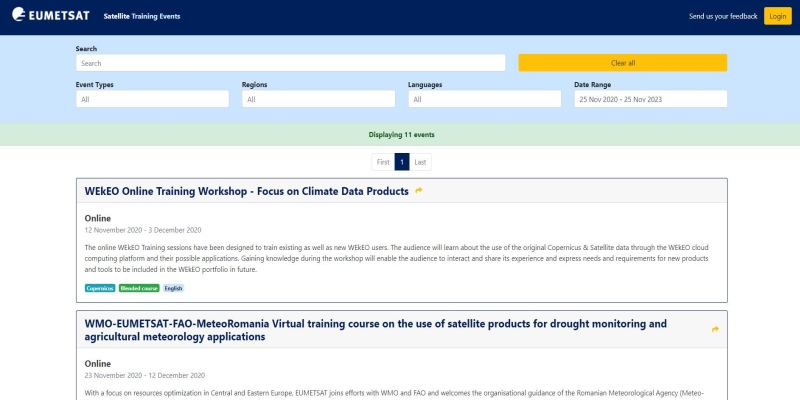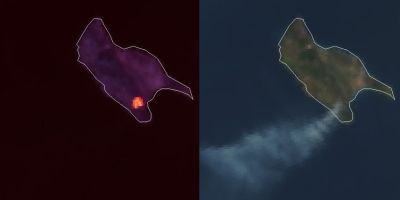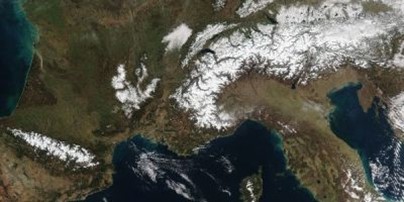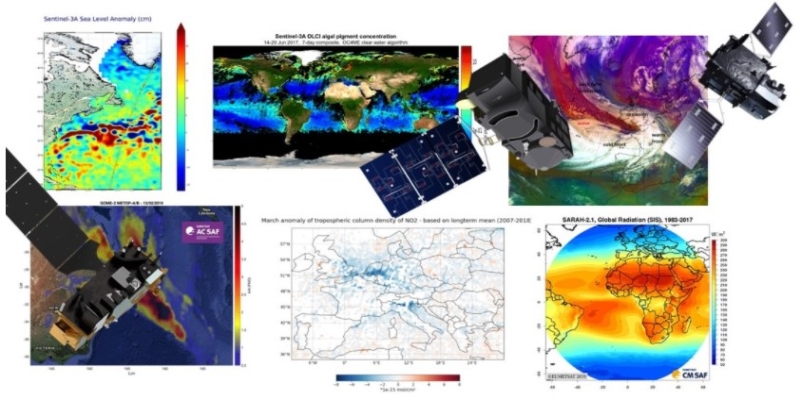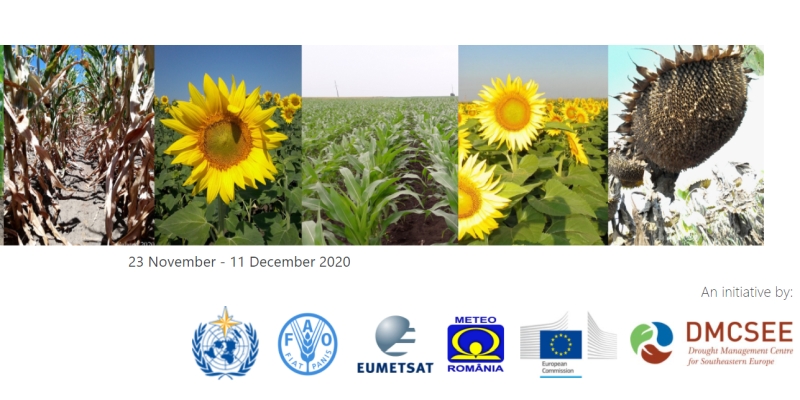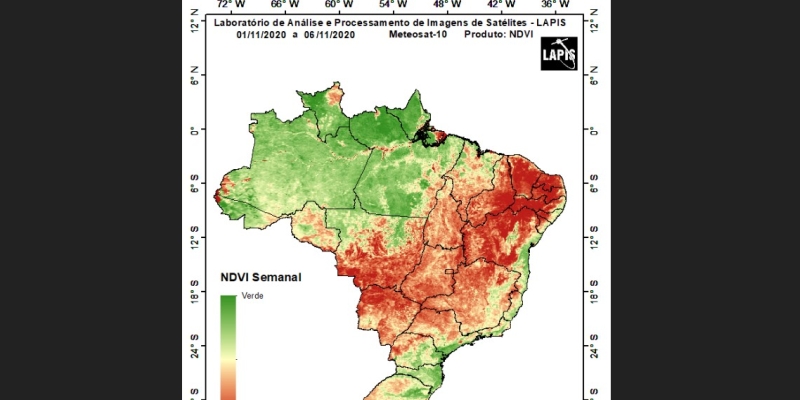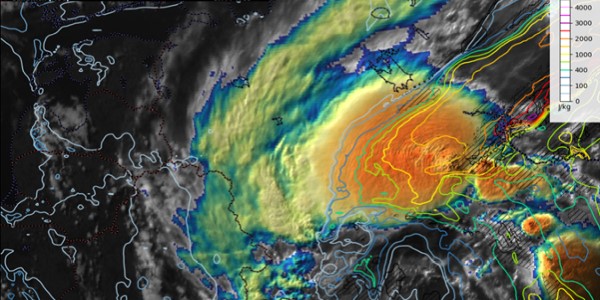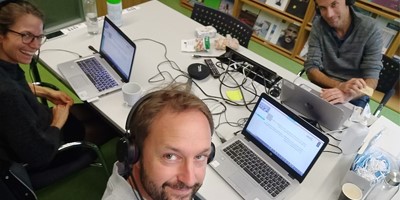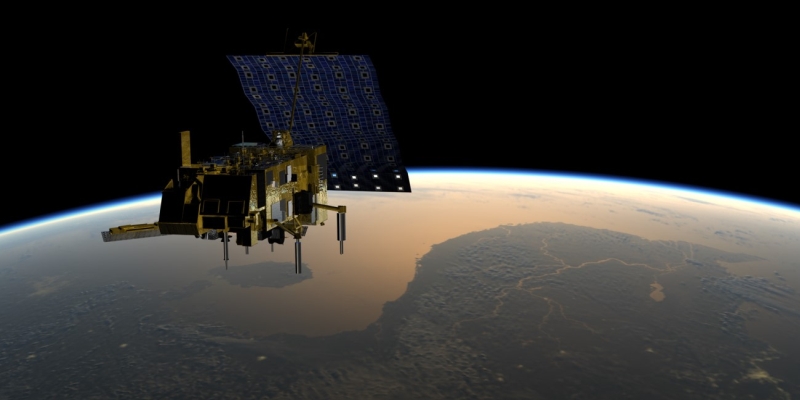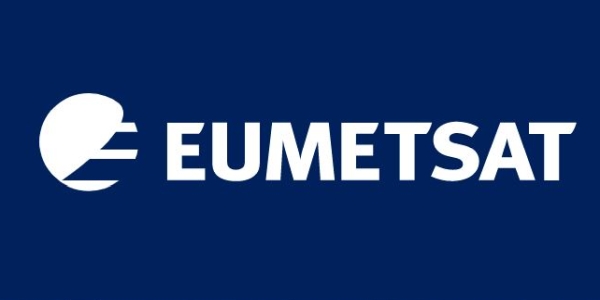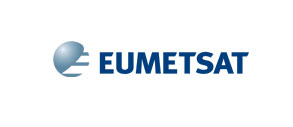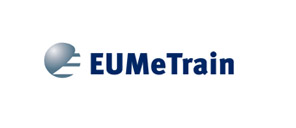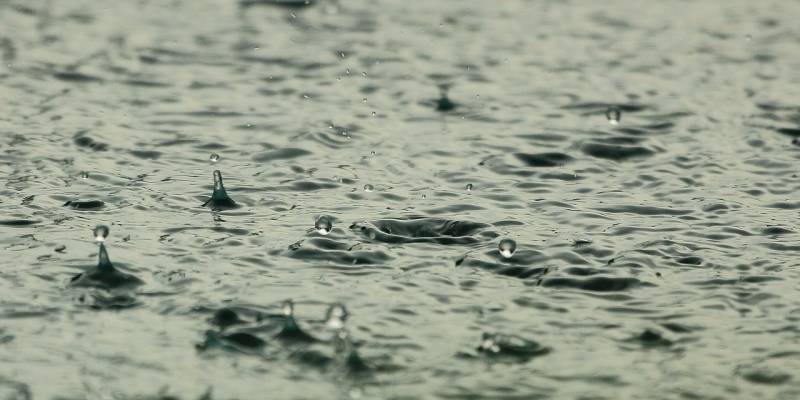
Precipitation Event Week
14 to 18 December 2020 / OnlineThis month EUMeTrain, in collaboration with the Support to Operational Hydrology and Water Management SAF (H SAF), is holding an event week on precipitation. Precipitation is the most important variable in Earth's hydrological budget, being the major component of water cycle. For this reason, the better understanding of the spatial and temporal distribution of precipitation, and its quantification, is fundamental for any hydrological and climatological application. Although surface precipitation gauges are considered the standard devices for precipitation measurements, in many areas they are sparse or not available (e.g. ocean and remote regions). This, combined with the temporal and spatial variability of precipitation occurrence, phase, and intensity, makes monitoring and estimation of global precipitation very challenging. Meteorological satellites provide a unique opportunity for global precipitation monitoring, and recent advances in Earth Observation technology allow for accurate precipitation estimates at spatial and temporal scales, which are useful for several applications.
H SAF products and applications fit with the objectives of services, agencies, authorities and other initiatives which need information on water at the ground in order to monitor hazards and natural disasters such as flash floods, landslides and drought conditions, as well as to improve water management.
The agenda and the registrations will be available soon on the EUMeTrain website.

